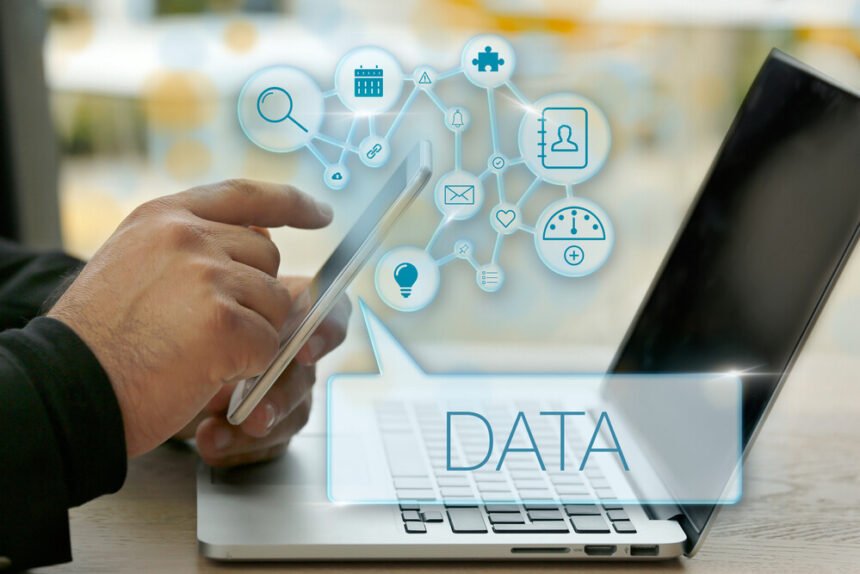Make no mistake, Point of Sale (POS) systems are undergoing some major changes. And there is no bigger driver of change in today’s tech world than big data. Here are 4 interesting ways that data is shaping the present and future of POS and what it may mean for you.
Ways data is changing POS
Built-in Business Management Systems (BMS)
Until recently if you wanted to integrate customer data with your POS you would need to link up your BMS with your POS device. This allows data from the sales process (such as amount spent, customer loyalty details, purchase history and more) to be processed and stored in the BMS.
These days, iPad POS comes with built-in business management systems to store data and create reports. It’s never been easier to get valuable insights such as who your best customers are and who to target with promotions to increase loyalty.
You can also combine customer information with inventory analysis and revenue data, allowing for more comprehensive optimization, which is just as well as 93% of retailers want a POS that has inventory management capabilities built in.
An example of where this can be useful is in the restaurant trade. If the data reveals that a restaurant seats far more couples on a certain day of the week, they could introduce a special sharing menu for that day. Or if they notice that a particular time is always busiest, the manager can arrange for extra staff to be brought in.
Linking with Customer Relationship Management (CRM) systems
Many POS systems now link seamlessly with CRM systems. This saves a lot of time and effort for the retailer, as they no longer have to download data from the POS and export it to their CRM. Instead, information like emails and home addresses will automatically sync into mailing lists. Invoices and receipts can be automatically sent from the POS too, cutting down on admin.
The sales data that is collected and stored in the CRM can be automatically shared with the relevant departments: marketing, customer service, technical support, etc. making the entire retail process much more streamlined.
Internet of Things (IoT)
The internet of things is set to revolutionize the retail industry. Beacons can be installed in stores that will recognize customer’s smartphones, compare it to the business data systems and tailor the shopping experience for them, for instance, making them aware of new stock, promotions or offering them discount coupons directly to their device.
This technology can also be linked to POS systems. Store clerks can be alerted on their mobile POS when a highly valued customer has arrived or it can point out when a customer needs assistance. This is mutually beneficial for both the customer, who gets a highly personalized shopping experience and the store who can more easily optimize sales.
The fact that IoT devices are often able to connect with front and back-end systems creates some security issues, however. This is driving the need for more advanced POS encryption and the use of closed networks.
Bridging online and offline sales
Many brick and mortar companies now have an e-commerce presence too. To simplify things, it makes sense for the POS to be a shared system. Recent POS systems allow data to be synced automatically between the two and makes it easily accessible in a single dashboard.
Reports can be produced that combine sales data from both online and offline sources, or filter the separate channels for more granular insights. Of course, this also means that an online customer who decides to visit a brick and mortar will benefit from the convenience of all their details already being present on the system.
This linked-up POS approach is helping to close the gap between brick and mortar stores and e-commerce, benefiting businesses and customers alike.
Conclusion
There’s no doubt that big data is opening new possibilities in the retail industry. The ability to sync data between POS and business systems has given retailers the power to generate more actionable sales and marketing insights. This is good news for consumers too, as they will benefit from a more personalized service and focused offers and promotions.






